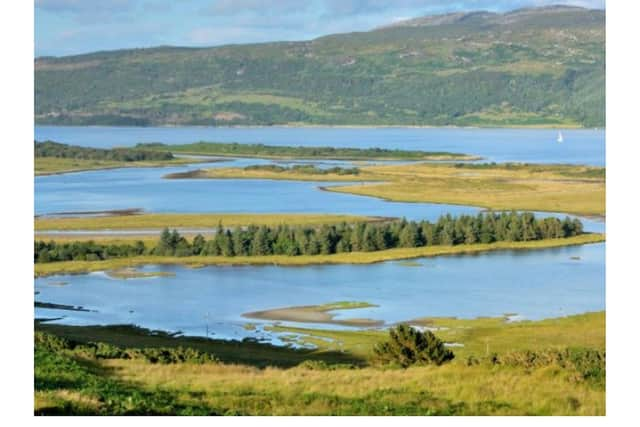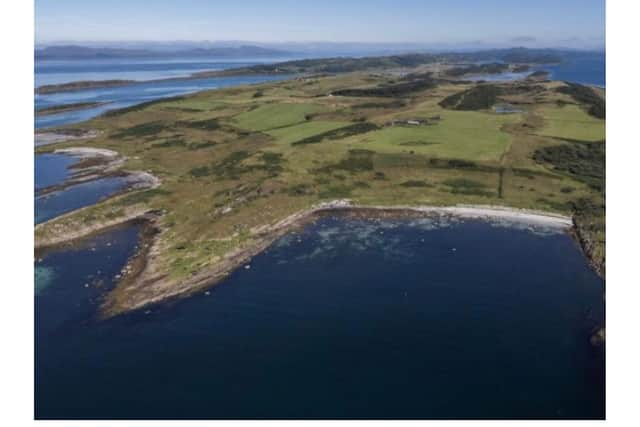Green entrepreneur aims to raise £21m to buy third Scottish estate
Dr Jeremy Leggett, a former Greenpeace director and now chief executive of Highlands Rewilding, has been given an exclusive offer to buy Tayvallich Estate in Argyll, which is home to around 25 people, for £10.5m.
He has until February 28 to raise the funds with money being sought from a range of sources, from equity funds to community investment starting at £50.
Advertisement
Hide AdAdvertisement
Hide AdA total of £21m is being sought in total in order to buy Tayvallich and secure working capital for the estate and two others owned by Highlands Rewilding : Bunloit near Drumnadrochit and Beldorney in Banffshire.
It comes after the wider Tayvallich community dropped its proposal to buy the 1,300 hectare estate and 13 properties given time and funding constraints with its focus now on the creation of affordable housing on a smaller parcel of land.
Dr Leggett said he was “cautiously optimistic” about being able to raise the money with the potential purchase a “game changer” in bringing financial institutions to invest in nature recovery on the scale required to meet new national targets on biodiversity set in Montreal earlier this month.
He said: “I put in a finance dependent offer without much hope as obviously I thought there were cash offers, but they did not take them. They felt, quite correctly I think, that the Highlands Rewilding model, could support the local community in some of its aims. It was a surprise, and a pleasant surprise.”
At least £500,000 will be raised through Highlands Rewilding’s mass ownership model, which allows the public to buy into the estate from £50 with a 5% return on investment.


The estate would become profitable through activities such as eco-tourism in the first instance with income derived through financial rewards for carbon sequestration and increasing biodiversity in the longer term.
So far, £7.7m has been raised with the priority now to target large scale equity investment with “realistic hopes” of securing the first bank to lend to a commercial rewilding company.
He added that buying Tayvallich presented a “really amazing opportunity” to expand Scotland's temperate rainforest of oak, birch, ash, native pine and hazel woodlands, a pocket which sits at the nearby Taynish National Nature Reserve.
Advertisement
Hide AdAdvertisement
Hide AdDr Leggett said, if the sale went ahead, he would work with Tayvallich Inititative on a way forward. Land could be sold for low-carbon housing, for example.


“Our purpose is nature recovery and community prosperity. I don’t think you can have one without the other,” Dr Leggett added.
Martin Mellor, of Tayvallich Initiative, said the community had yet to meet in full to discuss Dr Leggett’s proposals but added that some of the entrepreneur’s aims on continuing employment and tenancies – along with the future development of plots, housing and smallholdings with rural housing burdens – matched local priorities.
He added: “It was a huge amount of money for us to raise and it is not easy for a community to run a big estate. The community might not have voted in favour of it in the end. But, if you have a landlord who wants to engage with the local community, that’s a good model to work with.”